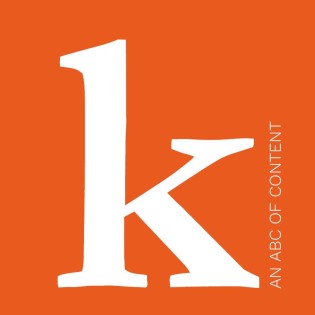X is for Xennial

There is always a demographic to write for
From generations Alpha to Z, via the Xennials, the population is always changing. It isn’t all about millennials. And we aren’t the only ones doing an A-Z.
Good writing tends to know who its reader might be. And while catchy demographic categories don’t tell us everything – or allow for much individuality and nuance – they can be a good starting point.
You most likely do know your target customer or audience. So it pays to think about the kinds of concerns, interests, lifestyles and ways of doing things which they might share.
Snapchat content might be better suited to a Generation Y reader (also known as a millennial), born no later than the mid-1990s, than to a post-war baby boomer, for instance. Demographics help us understand how customers find information and buy products and services.
Researching your market also means you can ensure topics, cultural references and pricing are appropriate.
Tread carefully though. The content equivalent of trying to be too down with the kids will make readers cringe. While assuming that an older audience will only be interested in pensions and retirement homes is downright offensive.
The Office for National Statistics produces annual information (in the UK), which helps unpick the geography, income and technology issues in population.
Xennials, by the way, were born in the late 1970s to early 1980s. They are characterised as having gone from analogue childhood to digital adulthood.
The current generation Alpha has around four more years to grow. From 2025 on we can look forward to meeting generation Beta – and updating the A-Z.





